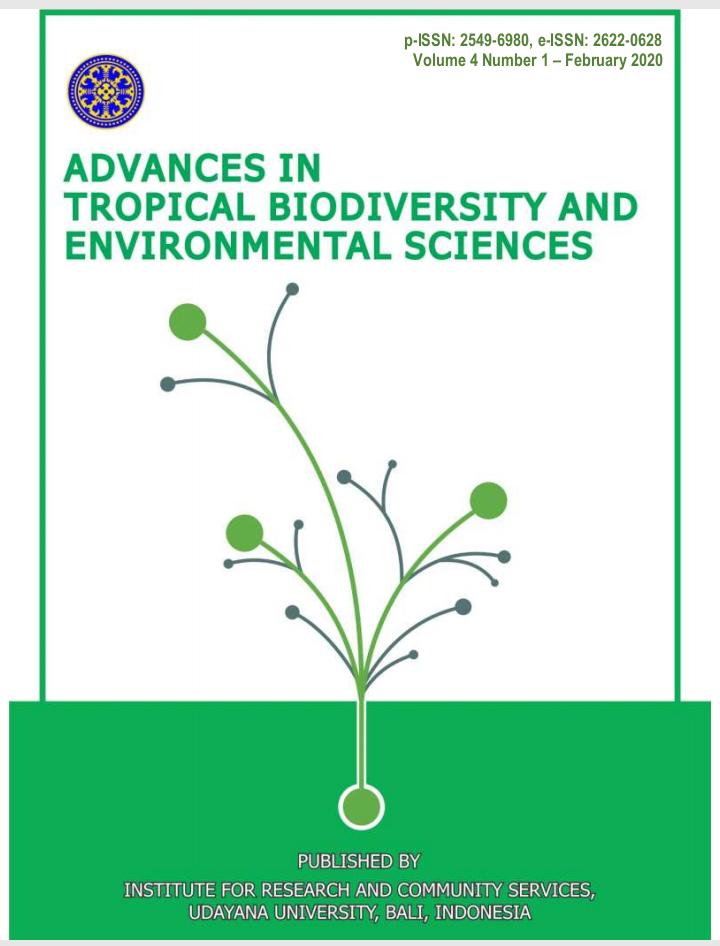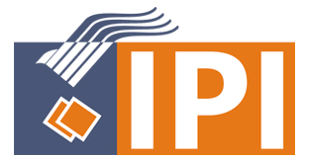Ecology and Economic Study of Leaf Litter as Organic Fertilizer in Reclamation Land Used on Lime
Abstract
The success of reclamation is largely determined by many things including the fertility of the planting media. The fertility of the planting media is related to fertilizer, from the litter found in post-mining land that can be utilized for making organic fertilizer. The purpose of this study is to examine the ecological and economic aspects of leaf litter as organic fertilizer in the reclaimed land of limestone mining. Method: Laboratory experimental research with method Bokhasi Results from this study proved that there are differences in the nutrient content of P, C and N in the reclamation land in 2010, 2014 and 2016. Processing leaf litter into organic fertilizer can provide ecological and economic benefits for the company and for the surrounding community.
Downloads
References
[2] Asthon EC, PJ Hogarth, R Ormond. 1999. Breakdown of mangrove leaf litter in a managed mangrove forest in Peninsular Malaysia. Hydrobiologia. 413: 77–88.
[3] Astutik RP, ND Kuswytasari, M Shovitri. 2012. Test of cellulase and xylanase activities of soil mold isolates Wonorejo Surabaya. ITS Library. http://digilib.its.ac.id/ITS-Undergraduate-3100011045219/17619.
[4] Alami NH, WP Septarina, T Pratiwi, ND Kuswytasari, E Zulaika, M Shovitri. 2019. Extracellular Alkaline Phosphatase from Mangrove Soil Yeast. Akta Kimia Indonesia. 4(1): 15-31.
[5] Rindyastuti R, AS Darmayanti. 2010. Komposisi Kimia dan Estimasi Proses Dekomposisi Seresah 3 Spesies Familia Fabaceae di Kebun Raya Purwodadi. UPT Balai Konservasi Tumbuhan Kebun Raya Purwodadi. Prosiding Seminar Nasional Biologi 2010. Yogyakarta. Universitas gadjah Mada.
[6] Windusari Y, NA Sari, I Yustian, H Zulkifli. 2012. (Estimation of carbon biomass from the understorey and litter vegetation at tailings deposition area of PT Freeport Indonesia Biospecies. 5(1) 22-28.
[7] Frey S, A Leskovar, J Reinstein, J Buchner. 2007. The ATPase cycle of the endoplasmic chaperone Grp94. J. of Biological Chemistry. 282(49): 35612-35620.
[8] Minister of Agriculture. 2019. Decrre No. 02/Pert/Hk.060/2/2006 about Organic Fertilizer and Soil Plants. Access 23 March 2019, Aviable on perundangan.pertanian.go.id>admin>p_mentan>Permentan-02-06.
[9] Simanungkalit RDM. 2006. Prospek Pupuk organik dan pupuk hayati di Indonesia. In: Pupuk Organik dan Pupuk Hayati, Ed.: DA Suriadikarta, R Saraswati, D Setyorini, W Hartatik. Jawa Barat. Balai Besar Penelitian dan Pengembangan Sumberdaya Lahan Pertanian. Bogor. Hal. 265-271.
[10] Hartatik W, H Usnain, LR Widowati .2015. Peranan pupuk organik dalam peningkatan produktivitas anah dan anaman. J. Sumberdaya Lahan. 9(2):107-120.
[11] Khan MAI, K Ueno, S Horimoto, F Komai, K Tanaka, Y Ono. 2009. Physicochemical, including spectroscopic, and biological analyses during composting of green tea waste and rice bran. Biol Fertil Soils. 45:305-313.
[12] Kurniawan D, S Kumalaningsih, NMS Sunyoto. 2011. The effect of effective microorganism 4 (EM4) volumes addition 1% and fermentation time on quality of bokashi fertilizer made from rabbit feces and jackfruit waste. Jurnal Industria. 2(1): 57-66.
[13] Anggana F A, AS Cahyono, YC Lastiantoro. 2019. Keanekaragaman Hayati di Lahan Rehabilitasi Taman Nasional Meru Betiri Dan Implikasi Kebijakannya: Kasus DesaWonoasri. Jurnal Ilmu Lingkungan. 17(2): 283-290.
[14] Asngad A, Supardi. 2005. Development model for making organic fertilizer with inolucation (a case study on rubbish at tpa mojosongo, surakarta). Jurnal Penelitian Sains & Teknologi, 6(20):101-111.
[15] National Standardization Agency. 2004. SNI 197030-2004. Specifications for Compost from Domestic Organic Waste. Access on 23 March 2019, Aviable at: https:www.bsn.go.id.
[16] Wahyuni S, Rianto S, Muanisah U, Setyanto P. 2016. The Use of Organic Fertilizers to Population Bacteria and Dry Land Paddy Production. Proceding Biology Education Conference. 13(1): 752-756.













